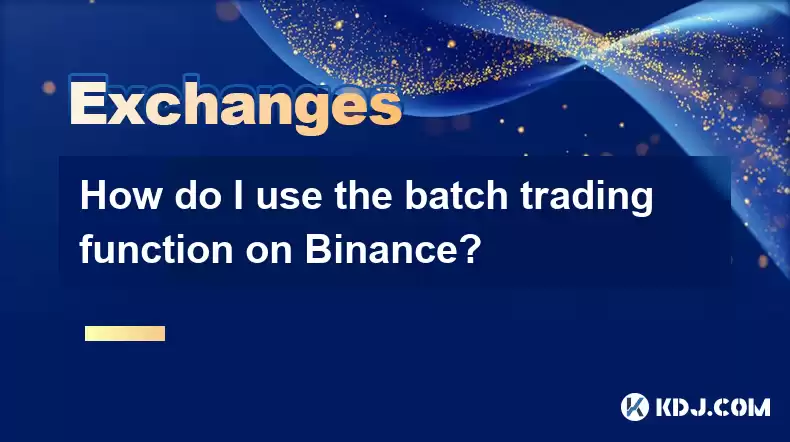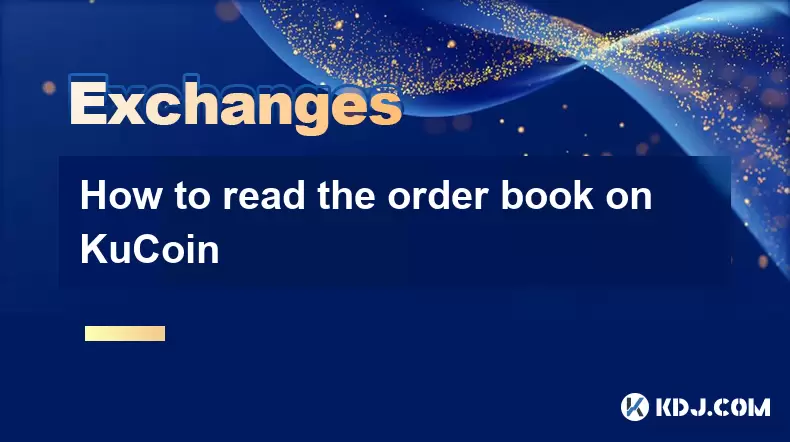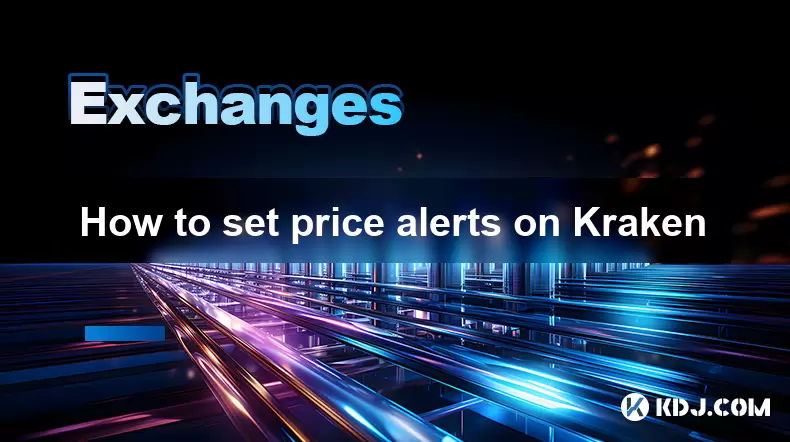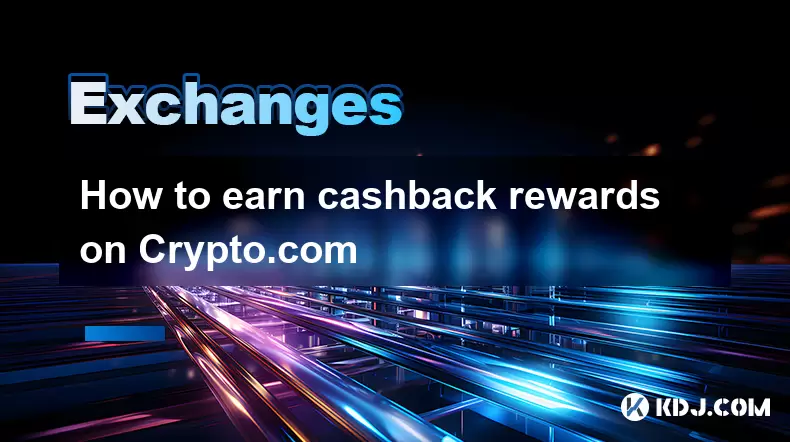-
 Bitcoin
Bitcoin $119700
0.53% -
 Ethereum
Ethereum $4508
5.39% -
 XRP
XRP $3.270
2.86% -
 Tether USDt
Tether USDt $1.000
0.00% -
 BNB
BNB $831.0
2.92% -
 Solana
Solana $189.6
6.89% -
 USDC
USDC $0.9999
-0.01% -
 Dogecoin
Dogecoin $0.2350
2.92% -
 TRON
TRON $0.3500
1.34% -
 Cardano
Cardano $0.8420
6.73% -
 Chainlink
Chainlink $23.26
8.42% -
 Hyperliquid
Hyperliquid $44.42
1.44% -
 Stellar
Stellar $0.4512
3.16% -
 Sui
Sui $3.895
5.15% -
 Bitcoin Cash
Bitcoin Cash $618.7
5.88% -
 Hedera
Hedera $0.2601
4.43% -
 Ethena USDe
Ethena USDe $1.001
0.01% -
 Avalanche
Avalanche $24.45
4.90% -
 Litecoin
Litecoin $128.1
5.41% -
 Toncoin
Toncoin $3.454
1.64% -
 UNUS SED LEO
UNUS SED LEO $9.065
0.44% -
 Shiba Inu
Shiba Inu $0.00001359
3.41% -
 Uniswap
Uniswap $11.42
1.78% -
 Polkadot
Polkadot $4.165
6.36% -
 Cronos
Cronos $0.1664
-0.50% -
 Ethena
Ethena $0.8108
1.79% -
 Dai
Dai $1.000
0.00% -
 Pepe
Pepe $0.00001213
5.22% -
 Bitget Token
Bitget Token $4.438
0.25% -
 Aave
Aave $313.3
5.02%
How do I use the batch trading function on Binance?
Binance lacks a built-in batch trading feature; users must utilize APIs, requiring coding skills, or third-party platforms, which introduce security and fee considerations. Thorough testing and risk management are crucial for any approach.
Mar 16, 2025 at 04:35 am

Key Points:
- Binance's batch trading functionality isn't a single, readily available feature. Instead, it's achieved through various strategies and tools, primarily using APIs and third-party applications.
- Direct batch trading on the Binance website or mobile app isn't supported.
- Utilizing APIs requires programming knowledge or employing pre-built trading bots.
- Third-party trading platforms offer user-friendly interfaces for batch order execution, but involve security considerations.
How Do I Use the Batch Trading Function on Binance?
Binance doesn't offer a built-in "batch trading" button on its user interface. The platform prioritizes user security and prevents features that could lead to accidental large-scale trades. Achieving the effect of batch trading requires using alternative methods.
One common approach is through the Binance API. The API allows programmatic interaction with the exchange, enabling you to send multiple orders simultaneously. However, this requires coding skills in languages like Python or using pre-built libraries. You'll need to understand the API documentation thoroughly and handle authentication securely. Improper use can lead to significant losses.
To use the Binance API for batch trading, you'll typically need to:
- Obtain API keys from your Binance account. Treat these keys with extreme care; compromising them grants access to your funds.
- Choose a programming language and libraries suitable for interacting with RESTful APIs. Python is a popular choice due to its extensive libraries.
- Develop or adapt a script that sends your desired batch orders. This script must meticulously handle order parameters like quantity, price, and order type (market, limit, etc.).
- Thoroughly test your script in a testnet environment before deploying it to your live account. This is crucial to avoid costly mistakes.
Alternatively, several third-party trading platforms and bots integrate with the Binance API. These platforms often provide user-friendly interfaces for managing and executing batch trades. They handle the complexities of API interaction, abstracting away the need for coding.
However, using third-party tools introduces additional risk factors.
- Security: You are entrusting your API keys and trading capital to an external service. Carefully research the reputation and security practices of any platform before using it.
- Fees: Third-party platforms may charge additional fees on top of Binance's trading fees.
- Functionality: The features offered will vary between platforms. Ensure the platform meets your specific batch trading needs.
Remember, using any API-based solution for batch trading requires a strong understanding of cryptocurrency trading and risk management. Never automate trades without understanding the potential consequences.
Another less common, but still relevant method, involves using trading view scripts that can execute trades on connected exchanges, including Binance. This approach sits somewhere between direct API usage and the fully managed third-party platforms. It still demands technical understanding and careful testing.
Common Questions:
Q: Is there a risk-free way to batch trade on Binance?
A: No, all methods for achieving batch trading on Binance involve inherent risks. Incorrectly configured API scripts or flawed third-party platforms can lead to significant financial losses. Thorough testing and risk management are essential.
Q: Can I batch trade all cryptocurrency pairs on Binance?
A: The availability of specific trading pairs for batch trading depends on the API and the third-party tools you use. Some pairs may have limitations or restrictions.
Q: What are the best third-party tools for batch trading on Binance?
A: There's no single "best" tool. The optimal choice depends on your technical skills, trading strategy, and risk tolerance. Research various options and compare their features, security measures, and user reviews before making a decision. Remember to prioritize reputable providers with a strong track record.
Q: What if I make a mistake with a batch trade?
A: The consequences of a mistake depend on the nature of the error. Minor errors might be easily corrected, while larger errors could result in significant losses. Having a robust risk management strategy, including stop-loss orders where applicable, is crucial to mitigate potential damage.
Q: Can I use batch trading for arbitrage on Binance?
A: While technically possible using APIs or third-party tools, arbitrage strategies often require extremely fast execution speeds and sophisticated algorithms to be profitable. The success of automated arbitrage on Binance is highly dependent on market conditions and the speed of your trading system. High-frequency trading requires significant technical expertise and resources.
Disclaimer:info@kdj.com
The information provided is not trading advice. kdj.com does not assume any responsibility for any investments made based on the information provided in this article. Cryptocurrencies are highly volatile and it is highly recommended that you invest with caution after thorough research!
If you believe that the content used on this website infringes your copyright, please contact us immediately (info@kdj.com) and we will delete it promptly.
- Unich's OTC Exchange: Surging with $1.2B Volume – What's the Hype?
- 2025-08-13 02:50:11
- MoonBull's Explosive Moves: Your Crypto Whitelist Ticket to Ride!
- 2025-08-13 02:30:11
- MAGACOIN Finance: Don't Miss the Presale Bonus!
- 2025-08-13 02:30:11
- Trump's Crypto Kingdom: $2.4 Billion and Counting
- 2025-08-13 02:50:11
- Solana, LSTs, and SEC Approval: A New Dawn for Crypto?
- 2025-08-13 02:55:12
- Bitcoin's Profit Surge: Unpacking the BTC Value Boom
- 2025-08-13 02:55:12
Related knowledge

How to use margin trading on Poloniex
Aug 08,2025 at 09:50am
Understanding Margin Trading on Poloniex

How to read the order book on KuCoin
Aug 10,2025 at 03:21pm
Understanding the Order Book Interface on KuCoinWhen accessing the order book on KuCoin, users are presented with a real-time display of buy and sell ...

How to read the order book on KuCoin
Aug 12,2025 at 02:28am
Understanding the Basics of Staking in CryptocurrencyStaking is a fundamental concept in the world of blockchain and cryptocurrencies, particularly wi...

How to set price alerts on Kraken
Aug 11,2025 at 08:49pm
Understanding Price Alerts on KrakenPrice alerts on Kraken are tools that allow traders to monitor specific cryptocurrency pairs for price movements. ...

How to earn cashback rewards on Crypto.com
Aug 12,2025 at 02:08am
Understanding Cashback Rewards on Crypto.comCashback rewards on Crypto.com are a feature designed to incentivize users to spend using their Crypto.com...

How to use advanced trading on Gemini
Aug 08,2025 at 04:07am
Understanding Advanced Trading on GeminiAdvanced trading on Gemini refers to a suite of tools and order types designed for experienced traders who wan...

How to use margin trading on Poloniex
Aug 08,2025 at 09:50am
Understanding Margin Trading on Poloniex

How to read the order book on KuCoin
Aug 10,2025 at 03:21pm
Understanding the Order Book Interface on KuCoinWhen accessing the order book on KuCoin, users are presented with a real-time display of buy and sell ...

How to read the order book on KuCoin
Aug 12,2025 at 02:28am
Understanding the Basics of Staking in CryptocurrencyStaking is a fundamental concept in the world of blockchain and cryptocurrencies, particularly wi...

How to set price alerts on Kraken
Aug 11,2025 at 08:49pm
Understanding Price Alerts on KrakenPrice alerts on Kraken are tools that allow traders to monitor specific cryptocurrency pairs for price movements. ...

How to earn cashback rewards on Crypto.com
Aug 12,2025 at 02:08am
Understanding Cashback Rewards on Crypto.comCashback rewards on Crypto.com are a feature designed to incentivize users to spend using their Crypto.com...

How to use advanced trading on Gemini
Aug 08,2025 at 04:07am
Understanding Advanced Trading on GeminiAdvanced trading on Gemini refers to a suite of tools and order types designed for experienced traders who wan...
See all articles

























































































